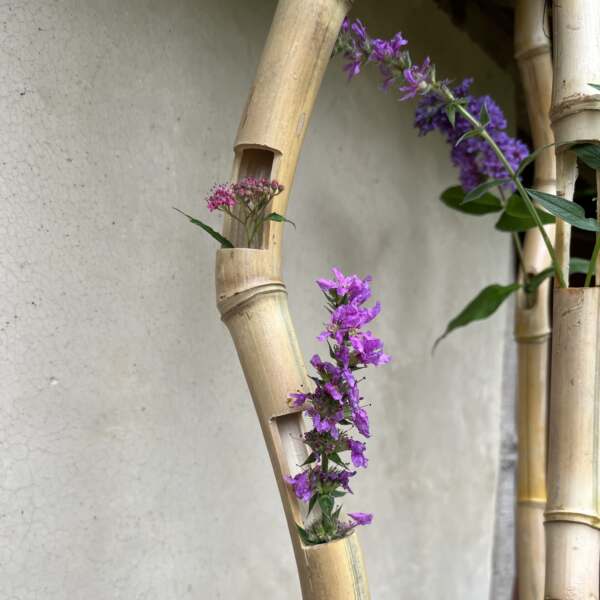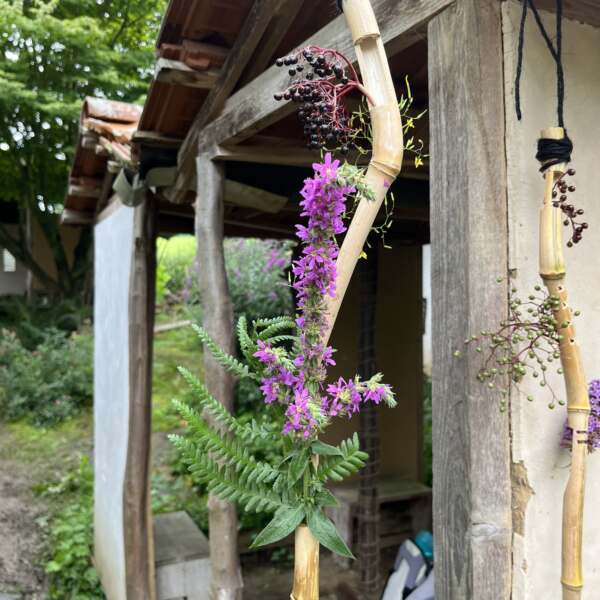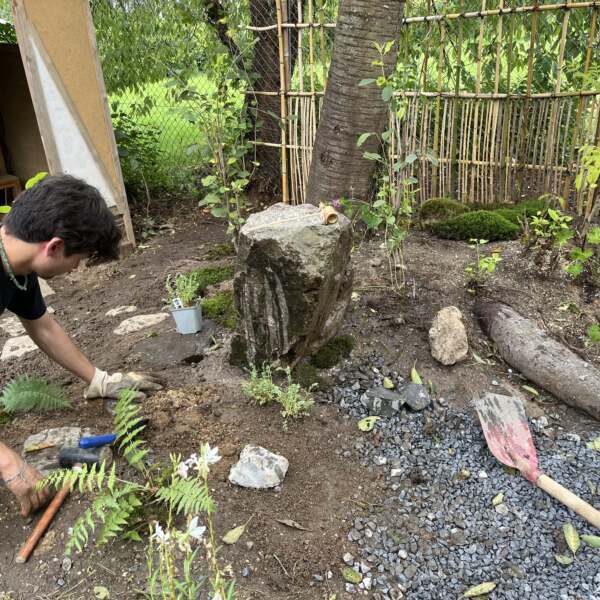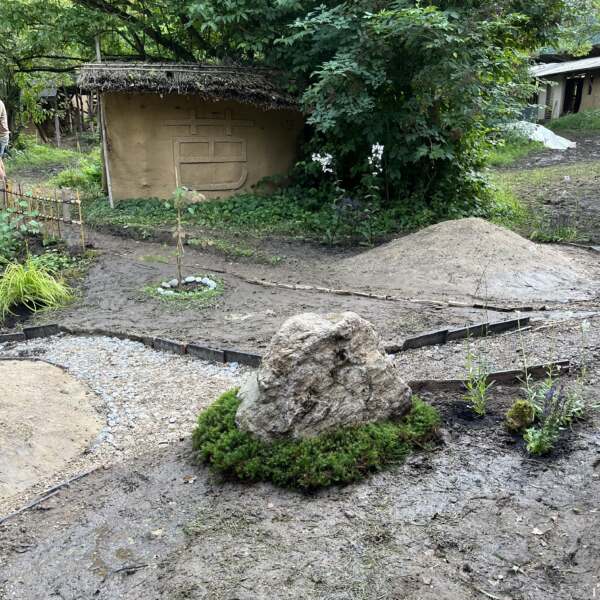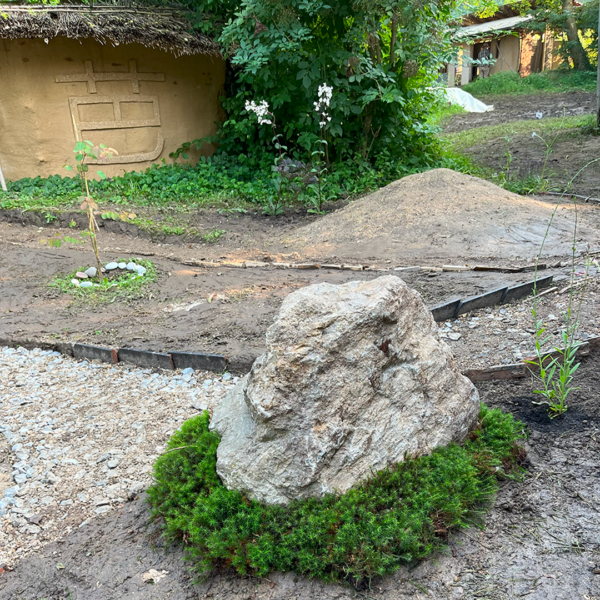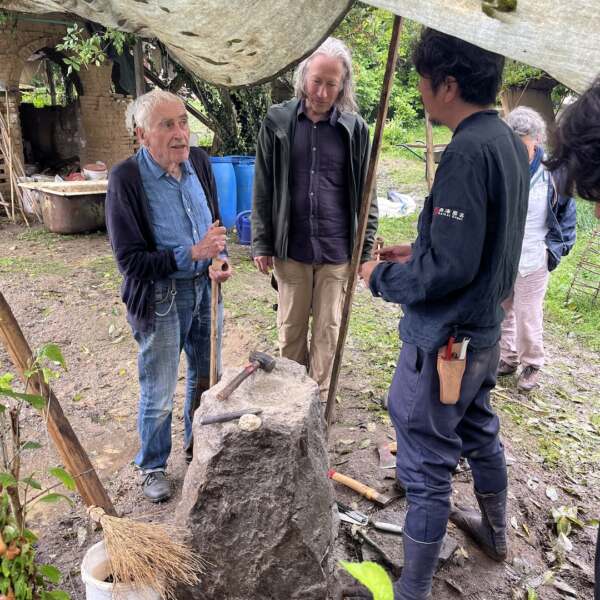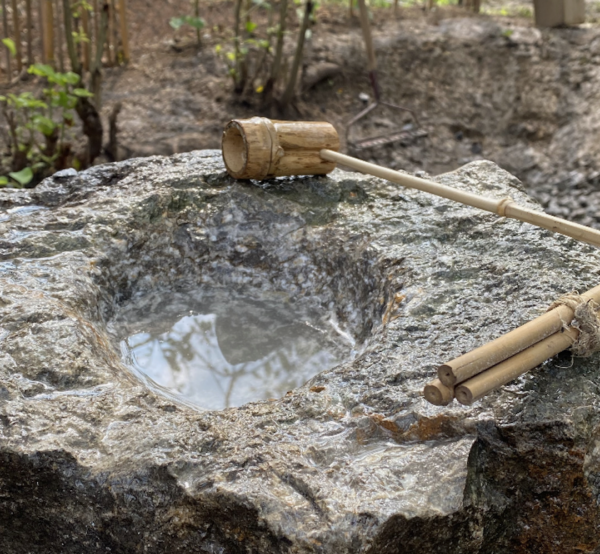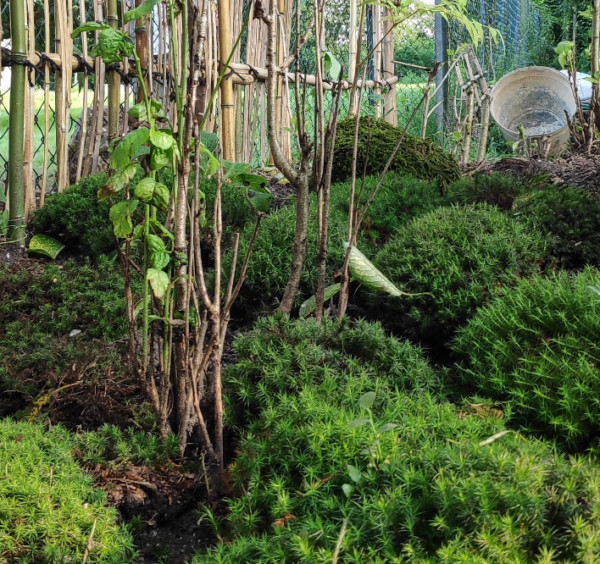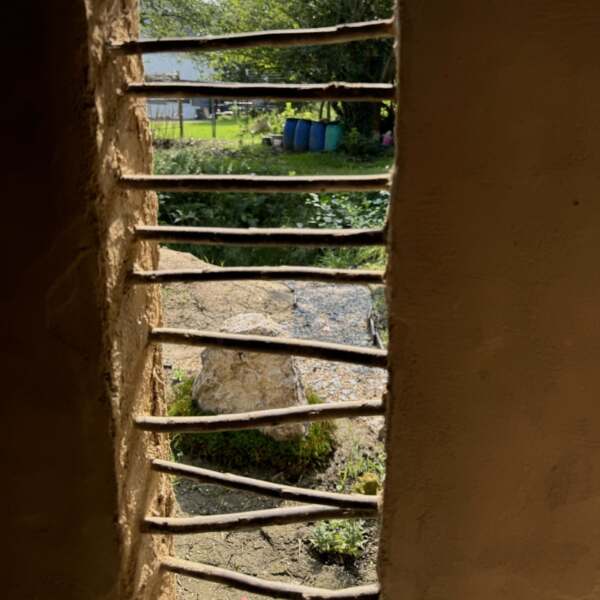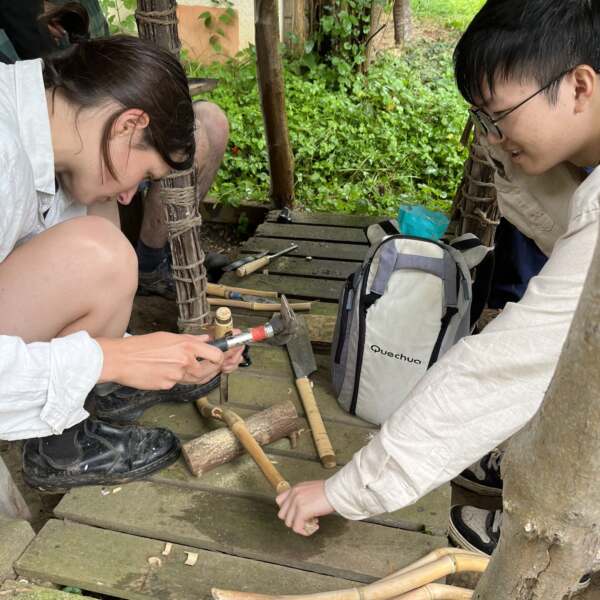Dr. Murielle Hladik and Yosuke Yamaguchi (Master & Japanese Gardener)
This elective is dedicated to Japanese gardens and landscapes. Our journey
through the art of garden history begins with certain types of gardens, where
the viewer perceives the scenery from a boat (chisen-shūyū (池泉舟遊), from
a villa or while walking along a garden path. These gardens are meticulously
described in the Secret Book of Gardens, the Sakutei-ki, which was published
in the 11th century. Another section of the course is dedicated to the dry Zen
garden (Karesansui 枯山水) and follows the line of evolution from the first
thoughts of the monk Musō Soseki (1275-1351) to the latest Zen gardens.
Japan has a culture of temporality bound materiality, in which the design of
built artefacts incorporates process of ageing or gradual decay and processes
adopted from the realm of gardening. Where perishable material and
precarious structures selected, objects take on a chronic fragility, deliberate
ephemerality. Gardens are popular settings for temporal experiments. As an
art form. Working with transitory materials, a garden requires a continuous
care and attention. All landscape and art gardening are built on the judicious
use of time as a factor of design.
Particular attention will be paid to spatial terms such as ‘en’ (縁) and ‘ma’ (間),
which emphasise to the relationship between inside and outside. The
knowledge gained through a series of four lecture will be applied in the clay
garden in Aachen-Seffent over the course of two garden workshops. For the
second workshop in July 2024, we invited the gardener Yosuke Yamaguchi
(coming from Nagasaki, Japan), who taught to the students Japanese
gardening techniques. The purpose of this elective course was to create
collectively a small Japanese garden.
- Dr. Murielle Hladik
- Yosuke Yamaguchi
